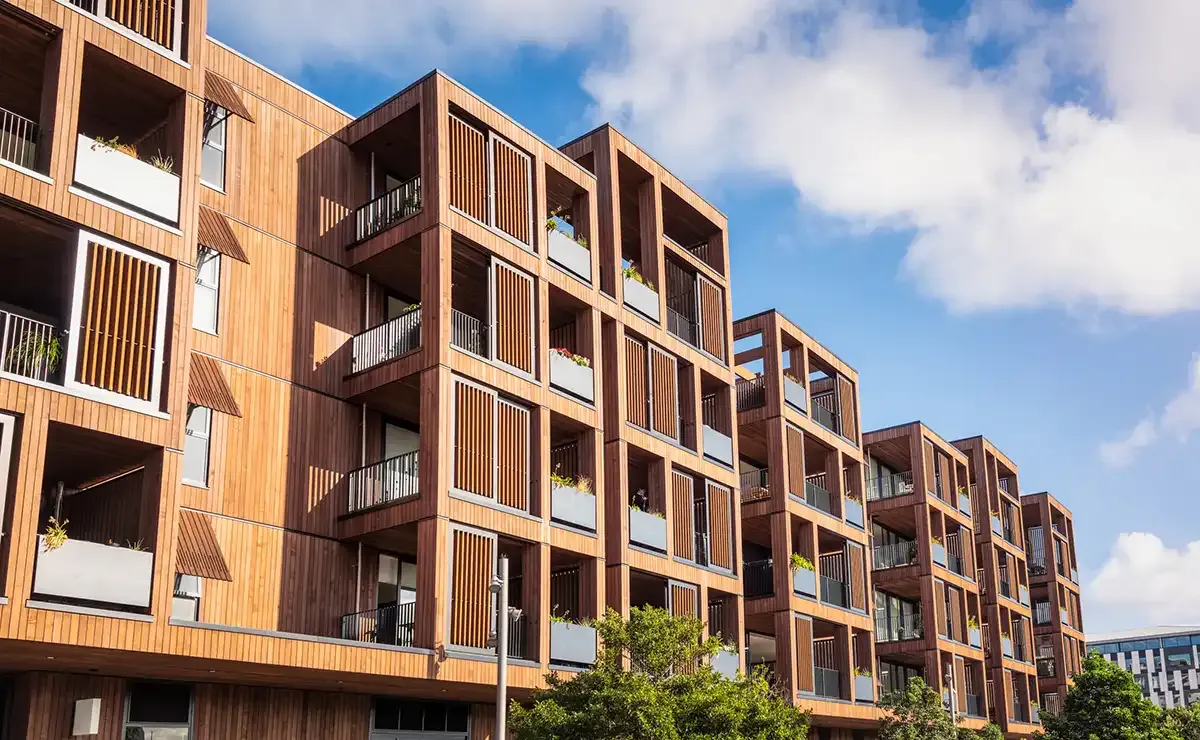Social Impact
Cooperatives around the world: The United States
The United States is one of the countries with the largest number of cooperatives in the world. These cover many different sectors such as agriculture, finance or healthcare.

Although they continue to be rare in Spain, this model is widespread in countries such as Uruguay, Denmark or Switzerland, where housing cooperatives represent 10% of the available housing.
In light of the growing crisis regarding access to housing, alternative formulas to purchasing and renting are becoming more popular and the social economy alternatives are also gaining ground.
Housing cooperatives are on the rise. They are non-profit making organisations that handle the building of the housing: from buying the land to the design and development of the promotion. It is not a new technique; in 2024 there were over 50 cooperative projects already up and running, with over 2,000 houses in different phases of development.
However, the Spanish figures are a long way behind those from other countries such as Uruguay, where there are 35,000 houses using a cooperative regime; Denmark, with 8% of the available housing using this regime, and Switzerland also with 8%.
Cooperative housing proposes the idea of group ownership through a cooperative made up of the people living in the building, who will inhabit the building in a stable, indefinite way, due to their right of use.
The cooperative will always hold the ownership of the house, meaning that it prevents it from being moved over to the private sector later on, avoiding any speculation. In addition, the idea is to promote the participation of the people who are members of the cooperative.
In order to form part of a housing cooperative, an initial contribution is required, along with the monthly payment of some fees that are derived from the acquisition cost, along with the maintenance and operation of the cooperative housing project.
With housing cooperatives, the values of the cooperative movement have spread to housing, with the following results:
It guarantees participation, through the cooperative management and decision-making.
There are different associations in Spain that work to promote cooperative housing projects. One of the main, pioneer state associations is Sostre Cívic, located in Catalonia, which focuses on an assignment for use model, a highly specific type of housing cooperative that originates from Denmark.
Sostre Civic was started up in 2004 as an association and it works in a network with organisations from the social economy area. Since it started, around twelve buildings have been promoted, which are already inhabited, with another twelve at different stages of the project. There are also other proposals such as La Borda in Barcelona or Entrepatios in Madrid.
Cooperative housing is spread all over Spain, from Asturias to Tenerife. In total, in Spain there are around 26 cooperatives already in use and another 86 under development, according to data from Reas, the Spanish network of cooperatives and solidarity-based economy.